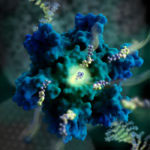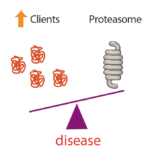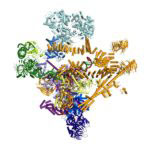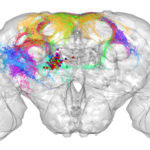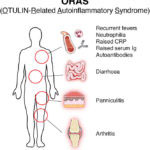
The cause of a potentially fatal inherited autoimmune disease has been identified for the first time. The disease, now named OTULIN-related autoinflammatory syndrome (ORAS), was discovered by doctors treating patients who developed symptoms such as rashes, fever, and diarrhoea shortly after birth. The immune system of these patients spontaneously activates and starts to attack the patient’s own body leading to the described symptoms and eventually to the child’s death.

